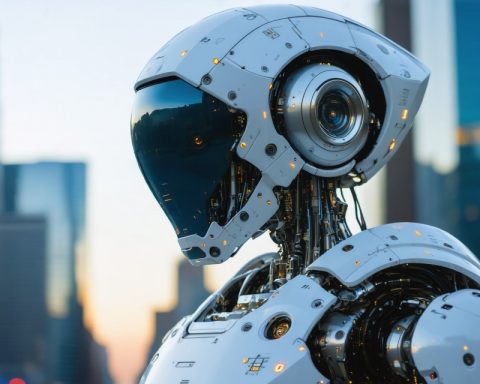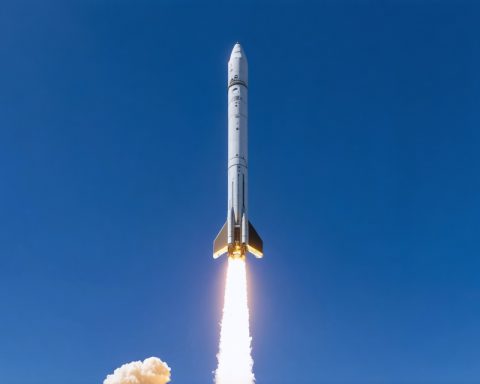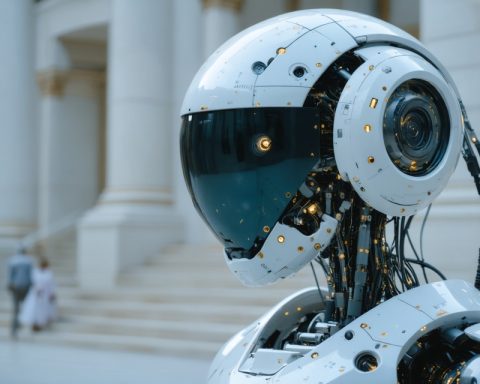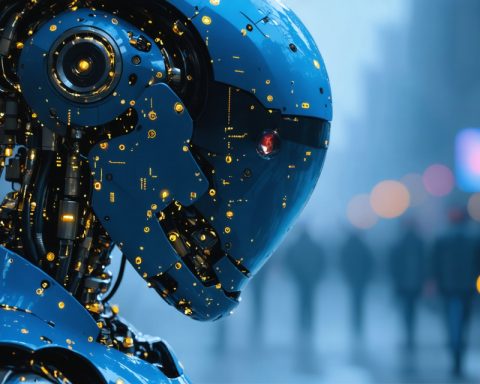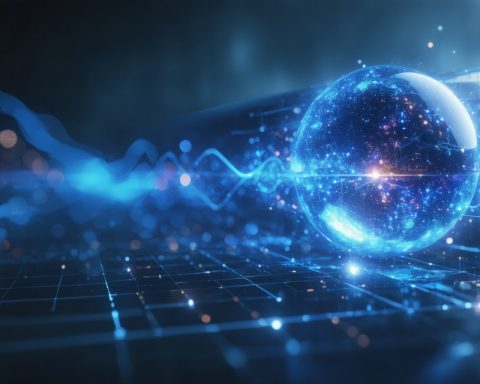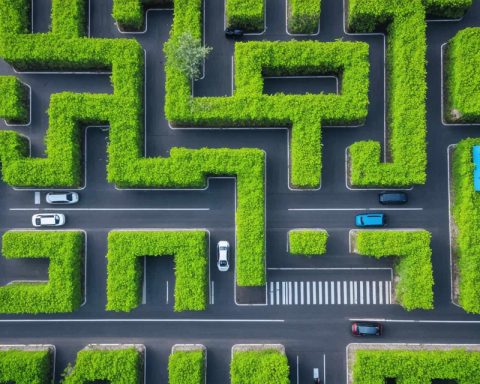
The Mercedes-Benz CLA Revolution: Where AI Meets Luxury and Power
The new Mercedes-Benz CLA combines cutting-edge technology and luxury, redefining automotive excellence. Artificial intelligence seamlessly integrates into the CLA, enhancing driver experience with intuitive


